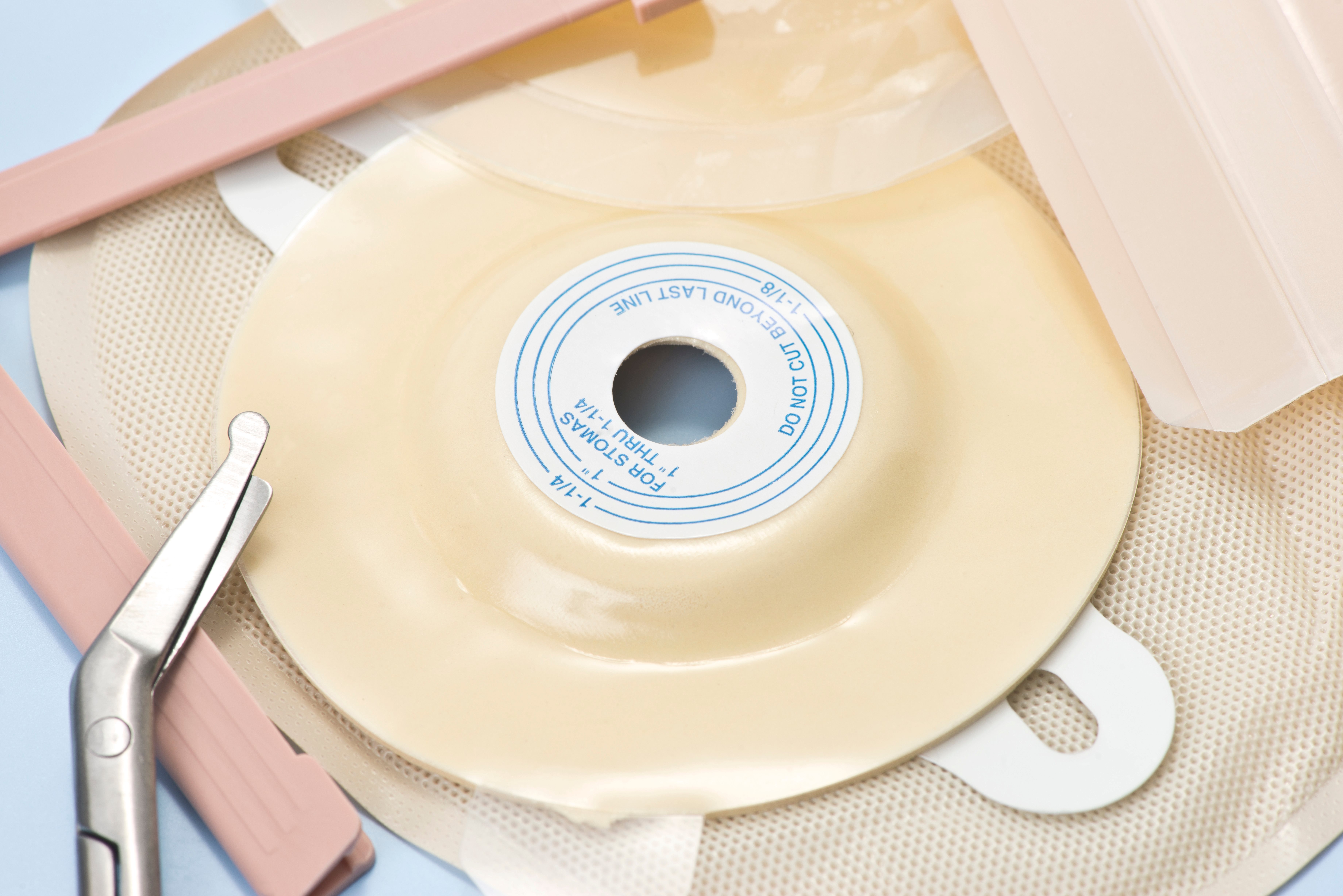All You Need To Know About Traveling With an Ostomy Bag

It takes time to get comfortable with an ostomy bag. But the additional equipment does NOT need to be a limitation. Scores of people with ostomy bags find ways to manage and live life to the fullest. They eat what they want, wear what they want, play the sports they love, and travel freely for work and leisure.
That’s right — having an ostomy shouldn't prevent you from traveling — even by air.
Follow this handy checklist before you hit the road, ostomy bag in tow, to ensure a hassle-free experience.
Before You Leave
1. Make a List, and Check It Twice
Take a page out of Santa’s playbook. He’s a pro when it comes to traveling with a bag and making lists. Create a comprehensive list of ostomy supplies you’ll need BEFORE you start packing so you can be sure to i nclude all the essent
When calculating the amount of ostomy pouches, skin barriers, and other ostomy accessories, factor in the amount of supplies you go through on a normal day and double it. It’s always better to have them and not need them than to need them and not have them, especially if you’re going to a remote destination or overseas.
2. Pack a Carry-on Care Package
Remember how we told you to double your ostomy supplies? Here’s a smart way to pack them if you are taking a plane. Pack half of the supplies in your carry-on and the other half in your checked luggage. This way, you’ve covered your bases in case your checked bags get lost in trans
For your carry-on supplies, be sure to pack your lubricating drops, stoma paste, ostomy bag deodorizers, sprays or barrier ointment, and other liquids in a quart-sized clear bag that each weighs 3.4 ounces or less. Also, remember that your ostomy scissors must be shorter than 4 inches so that you can keep them with you for your air travels. All this will help ensure that you comply with the TSA’s 3-1-1 rule and can sail through checkpoints with ease.
3. Invest in Travel Insurance
Your regular equipment insurance should work anywhere in the U.S., but it won’t hurt to check with your provider just in case. Purchasing travel insurance if you’re traveling internationally is a good practice while traveling with an os
4. Obtain a Travel Communication Card
The United Ostomy Associations of America (UOAA) issues travelers an Ostomy Travel Card. This card explains to security what your supplies are and why they’re essential. It reduces the need for multiple screenings and lengthy explanations so you can maintain your privacy during security s
When Traveling
1. Eat Right
Pack some ostomy-bag-friendly snacks that you can enjoy while traveling so you don’t have to rely on fast food or airport restaurants that could spell trouble for you and your ostomy bag.
2. Be the Early Bird
Even with a UOAA Travel Communication Card, it can still take significantly more time for travelers with ostomy bags to proceed through TSA than travelers without the extra supplies. That’s why we suggestion you arrive two hours before domestic flights and three hours before international flights. This gives you ample time to get through security and change your ostomy bag one last time before boarding. Consider getting a TSA precheck to further expedite this process.
3. Keep Your Carry-on Close (And Your Ostomy Travel Card Closer)
Double-check your carry-on before stepping out. Also, keep your Ostomy Card somewhere easily accessible. This will put your mind at ease and make getting through security a breeze.
4. Empty Your Ostomy Bag on Time
Have an aversion to public bathrooms? It is critical that you maintain your regular schedule for emptying your ostomy bag, even if it’s on an airplane or in the airport bathroom. Don’t hesitate to empty your ostomy bag more often than usual if you’re concerned about spillage.
Traveling with an ostomy bag can be challenging, but it is nowhere near impossible. By following these tips, you can have a stress-free and enjoyable trip.
HME Locations | Home Medical Equipment Locator Tool
HME Locations provides online tools that can help you find your nearest Home Medical Equipment providers.
